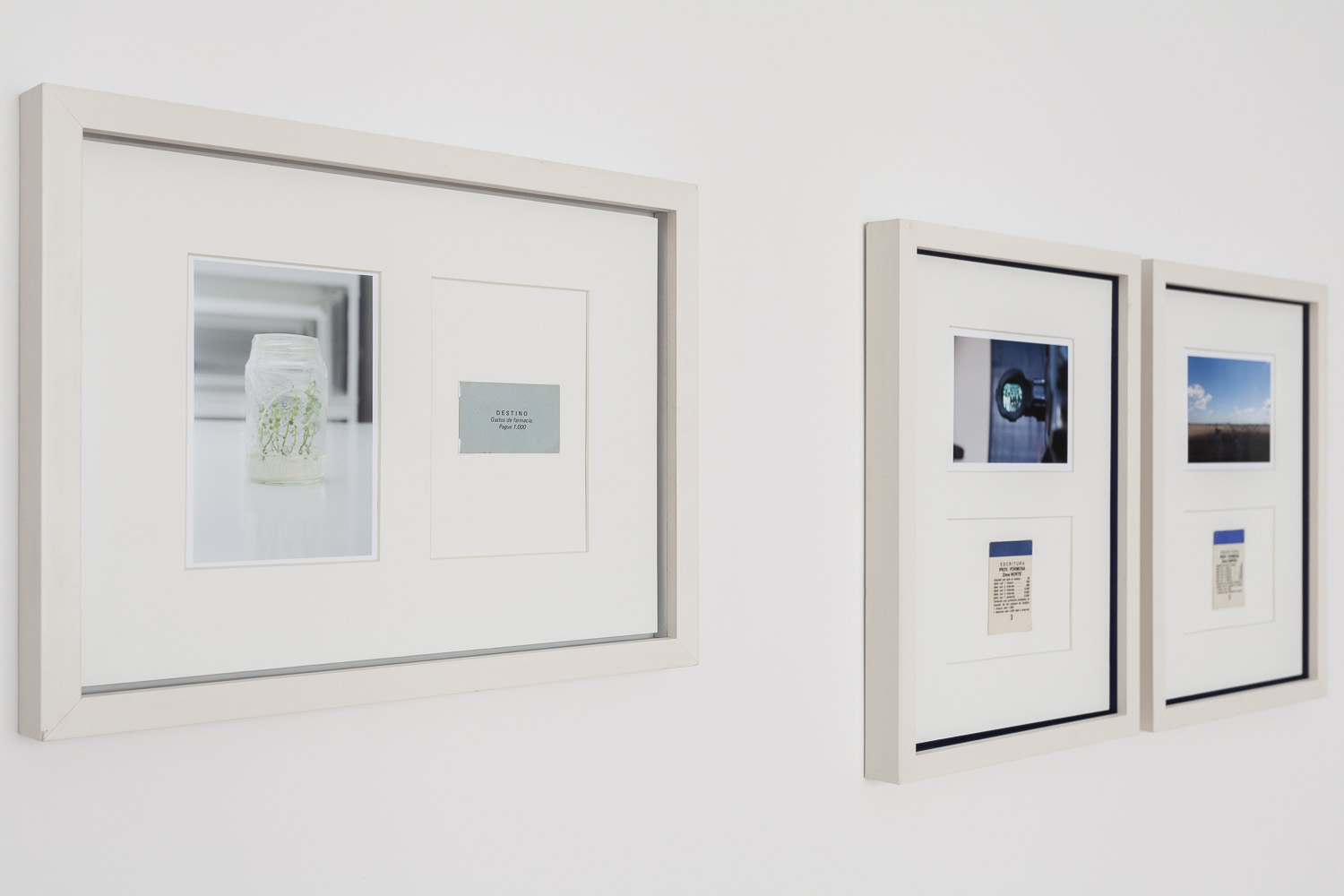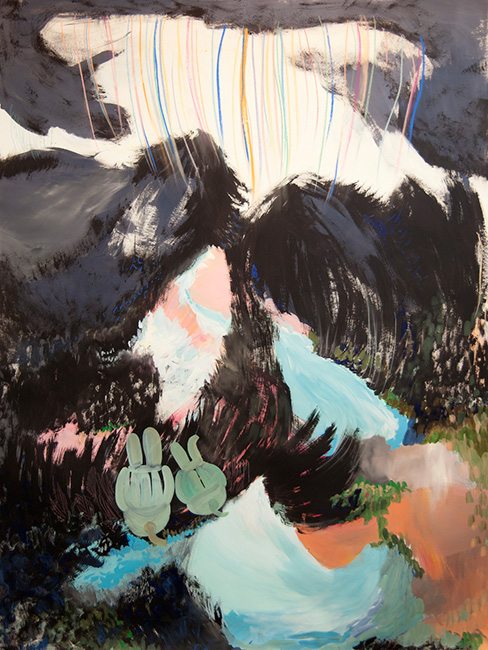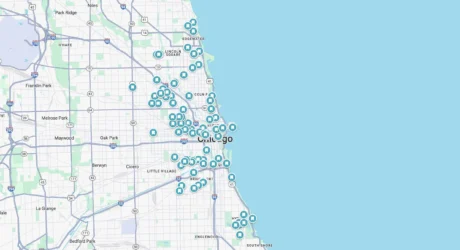Two consecutive morning trips around Buenos Aires’ independent galleries highlighted rather a few enjoyable trends in the city; great natural light, a decidedly hands-on level of craftsmanship, and an energetic approach to performance art. Away from the colour of the fair, we also enjoyed many natural and grey-toned works, that utilised materials such as marble, wood and metal in an appealing mirroring of the city’s architecture.
Light is a good place to start. In ba’s crowded spaces–on the mornings we visited they were heaving with patrons for arteBA–no matter how small, the clear skies and often multi-story glass-facades allow for great viewing. The spaces themselves are often unconventional. There was more than one mezzanine-floored gallery and many have asymmetric walls, hidden nooks and sharp edges. These spaces provide a good setting for Argentina’s precise and form-driven artists, often working with architectural shapes and making the most the brilliant light with white and natural tones.
We began our first morning at the intimate Galería SlyZmud, visiting their two white-washed spaces and the adjoining car park for a performance. The first space, Sala I, is an optical treat, the floor diamond-tiled in mottled brown and grey, providing the backdrop for CAMPANA, a show by Jimena Croceri whose sculptures juxtapose hard with soft; eggy forms and malleable peach foam belted in and constrained by concrete (a popular material here in ba) and wood strips. Despite the rawness of much of the material, there is a refined nature to all of the work.
The second space, Sala II, located just across the block, is currently housing the work of Argentine artist Mercedes Azpilicueta, with two intense performative videos that are projected softly onto metal panels hung from the rafters. Repetition to a point of near exhaustion is the artist’s thing, as we found out in the subsequent car-park performance, Azpilicueta sat inside a car with both front doors open and speakers mounted on the roof, building a rhythm of vocal sound that gradually became more and more intense.
On to Ruth Benzacar Galería de Arte
, where we enjoyed a behind-the-scenes look at some of their vast, and vibrant collection. Yet again, we were drawn to the concrete, in particular two eye-popping slabs from Adrian Villar Rojas that featured many, many layers of blue, red, pink and grey, with the odd rope pushed satisfyingly against the sides. This space has a lot of potential for large installations, with high ceilings and broad walls. The curation in the public area here is minimal, fine, ceiling-hung metal sculptures and spatial interventions from Eduardo Basualdo playing with the larger lines of the space itself.
The intimate Galería Nora Fisch was packed for Alan Courtis’ In-formed music, an abstract sound piece that featured 30-or-so performers sitting about the floor in view of the above mezzanine, rustling hundreds of newspapers in rhythm with one another. Here the sound was best enjoyed while walking around the surrounding exhibition, the source of the sound obscured from view. Rosana Schoijett’s intricate 3D works captured much of the morning’s feel; layers of black and white paper cut from vintage books and piled on top of one another to build complex scenes. This intricate scale was matched by the works of Silvia Gurfein, where tiny dawbs of coloured paint create miniature sculptures on the canvas.
At Gachi Prieto Gallery Elephant enjoyed the cut, ceiling-hung paper works of Sebastián Camacho. The subtle changes in form and shadow benefitted from the stream of sunlight that beats through the front windows, and the viewer is required to carefully negotiate the walkway around the edge of this work.
Document Art is possibly the largest of all the spaces that Elephant visited on the first morning, and the size is used to full effect. In the downstairs space, the back room houses a substantial sculpture, a twisting loop of dark metal that forms a continuous circle around the room, becoming wider and thinner in points, occasionally passing through or over a white or natural wood structure. The work balances tough with delicate, a raw and basic material rendered elegant. Upstairs the studios of multiple artists, filled wall-to-wall with models, tools and antique furniture proved to be a fitting end to a morning of discovering this city of artist-craftsmen.
The second morning saw us exploring the Recoleta neighbourhood, where we came across two especially notable galleries. The first, Rolf Art–also holding an enjoyable booth a the fair, more on this later–is typical of the galleries in this area, which are often housed in domestic spaces, with wood-clad, cage-doored lifts, grand staircases, ornate features and marble entryways. Rolf has a 60s feel to it, the wooden shelves and features shaped simply and angularly. The gallery specialise in photography ‘and’…often pushing the limits of the medium itself. Upstairs a jolly Livio Giordani invited guests to a local version of Monopoly, the surrounding framed-work in Interior highlighting the corruption of rural land-ownership over the years. El feud de la ideas by Marcelo Brodsky is showing on the ground floor, and is equally political. In fact, this gallery is certainly the most politically-led–at least for these shows–than any of the other spaces we visited, where form and material are often the main area of exploration.
Finally, we headed to Miranda Bosch, also situated in a former domestic-space, with vast wooden double-doors, high ceilings and large windows. Here the colourful work of Valeria Vilar and Elisa Strada worked very well alongside one another, given plenty of space to impact on the gallery’s brilliant white walls. A hypnotic smell of honey greets all who enter and carries on up the stairs, as our host told us on our departure: ‘We’re all women here, we like to make things nice.’
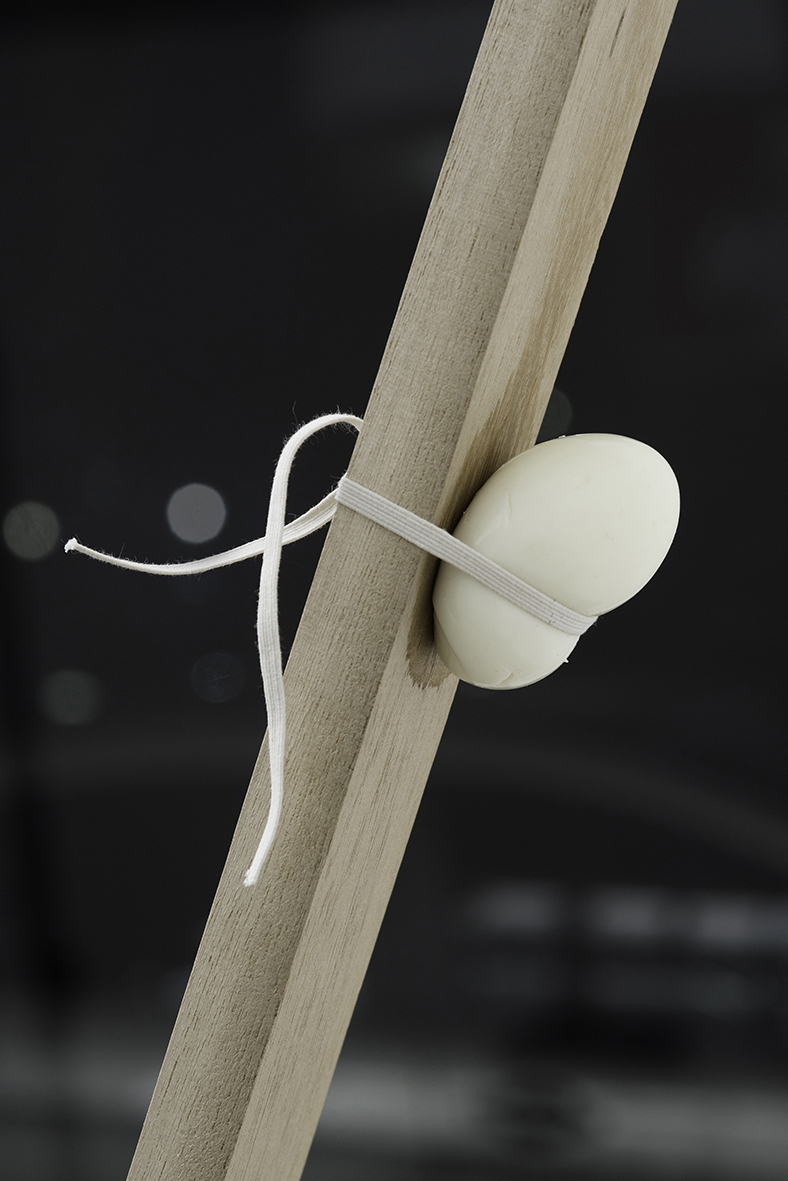
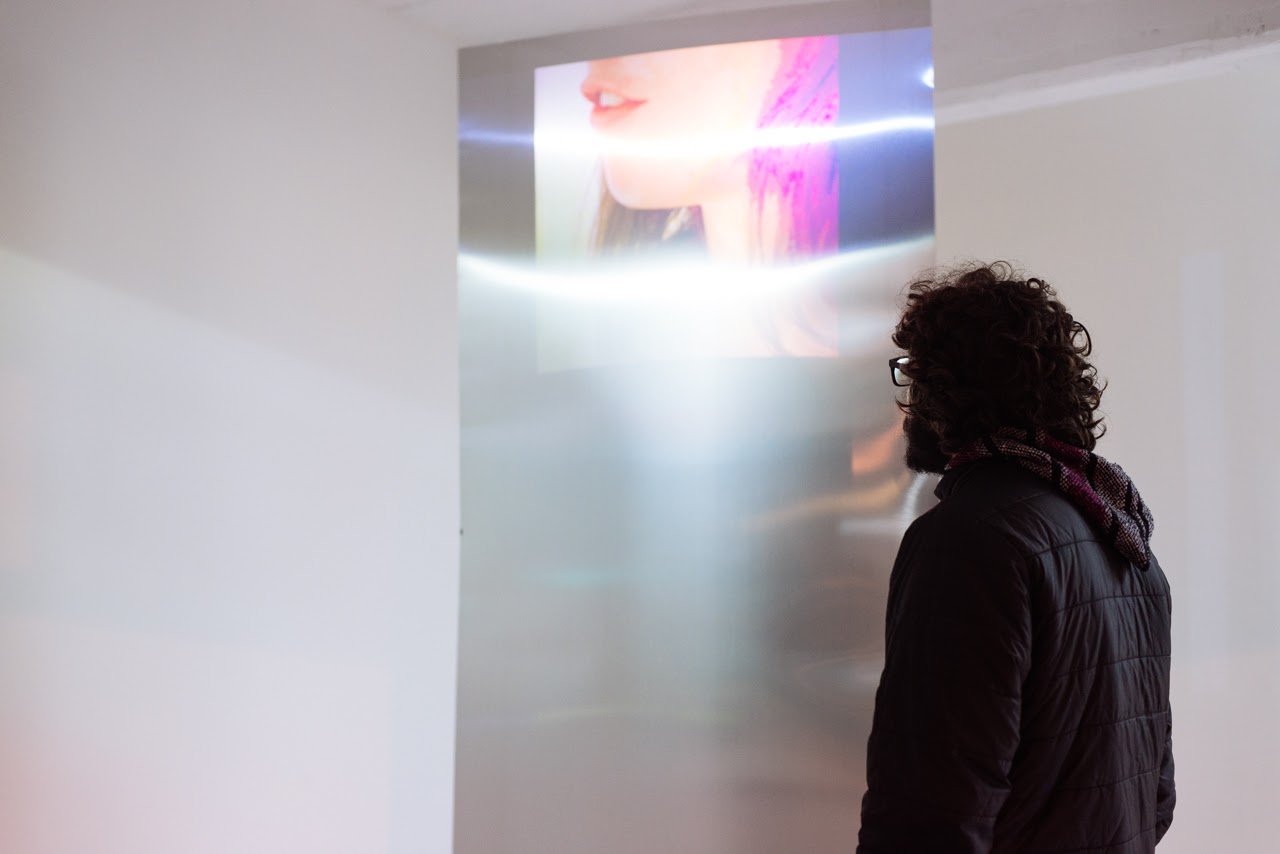
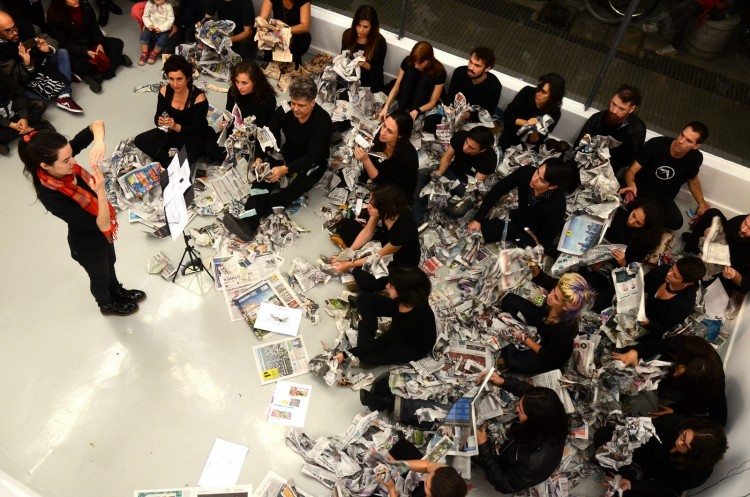
Alan Courtis, In-formed music. Performance, 2015
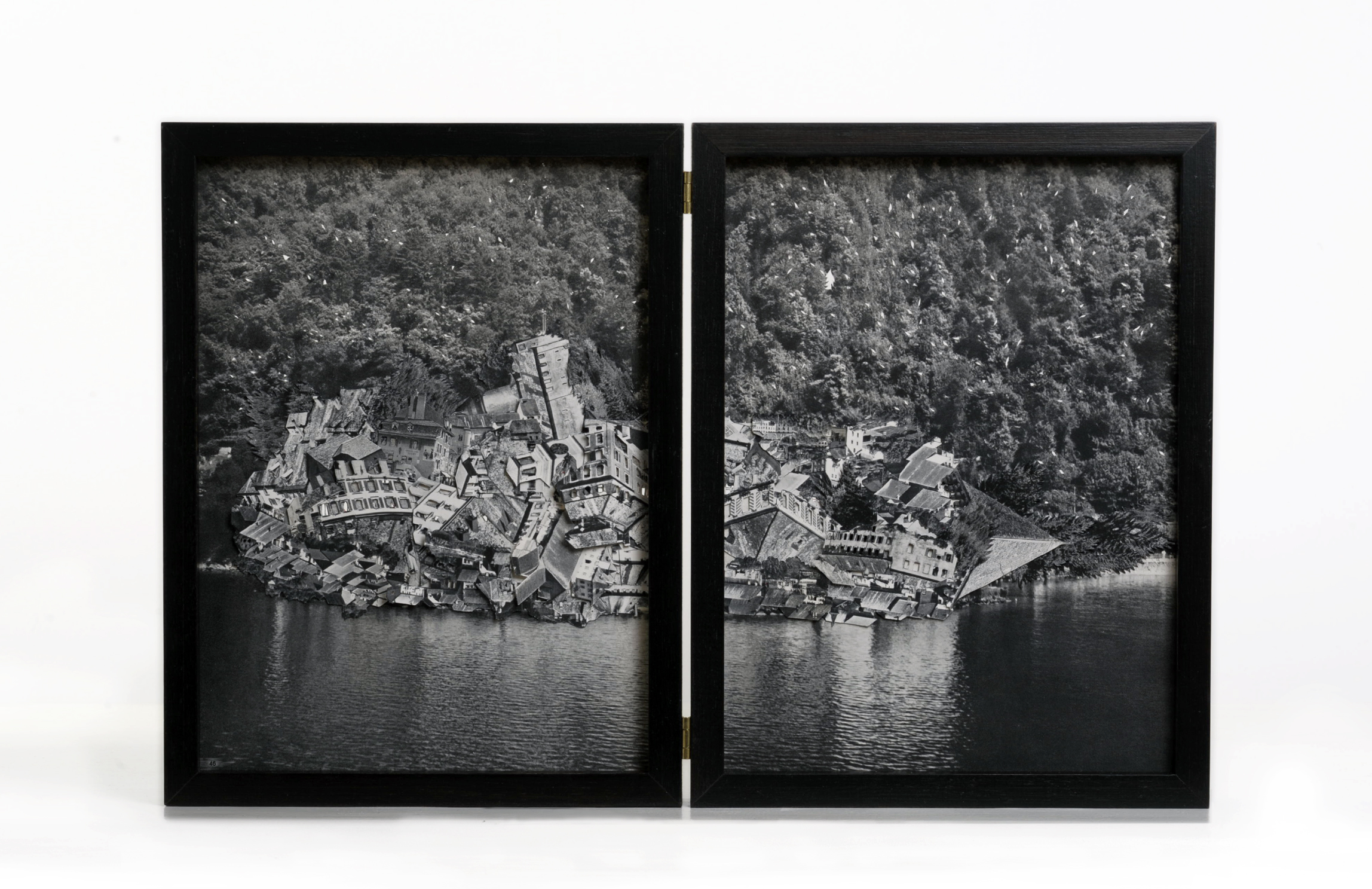
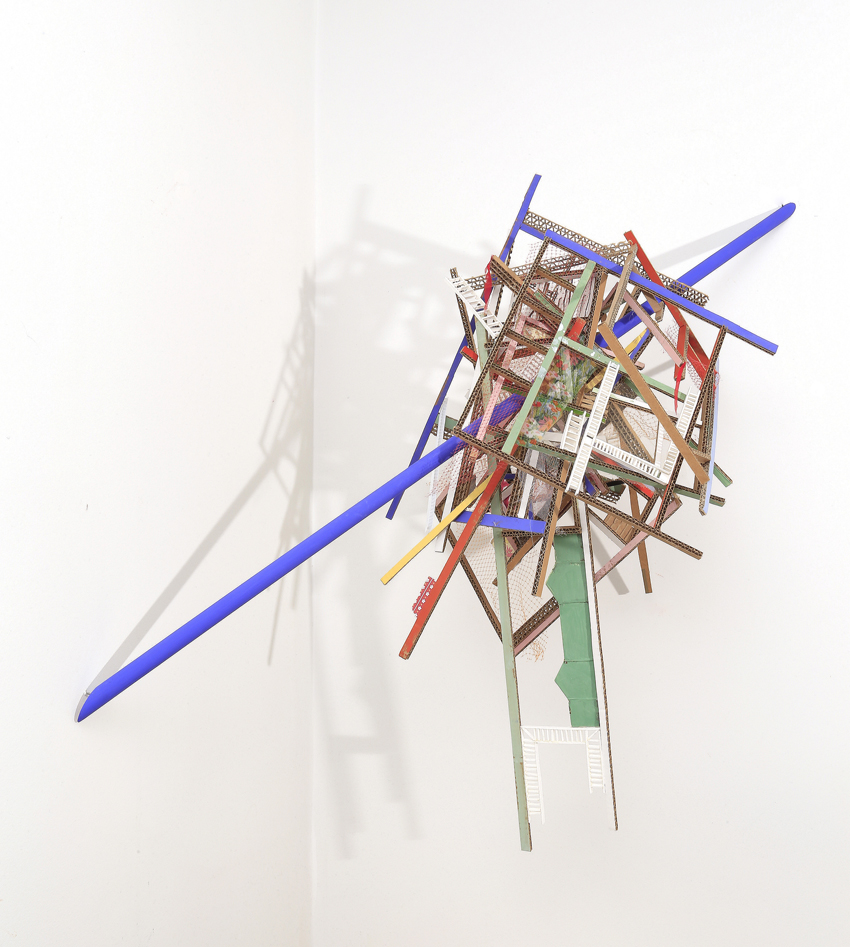
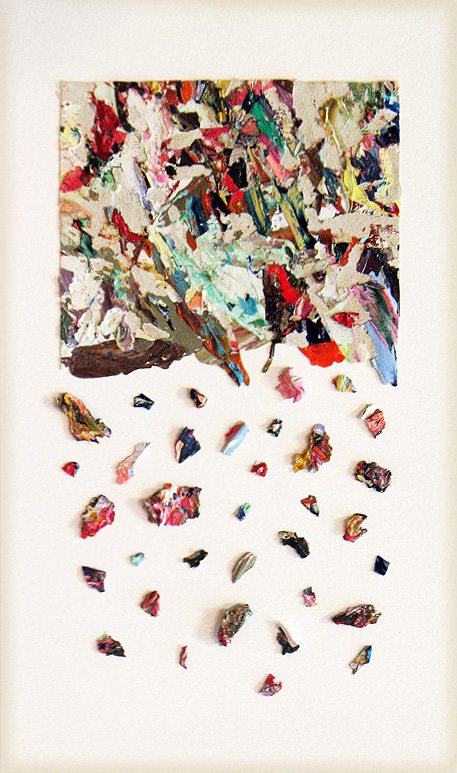
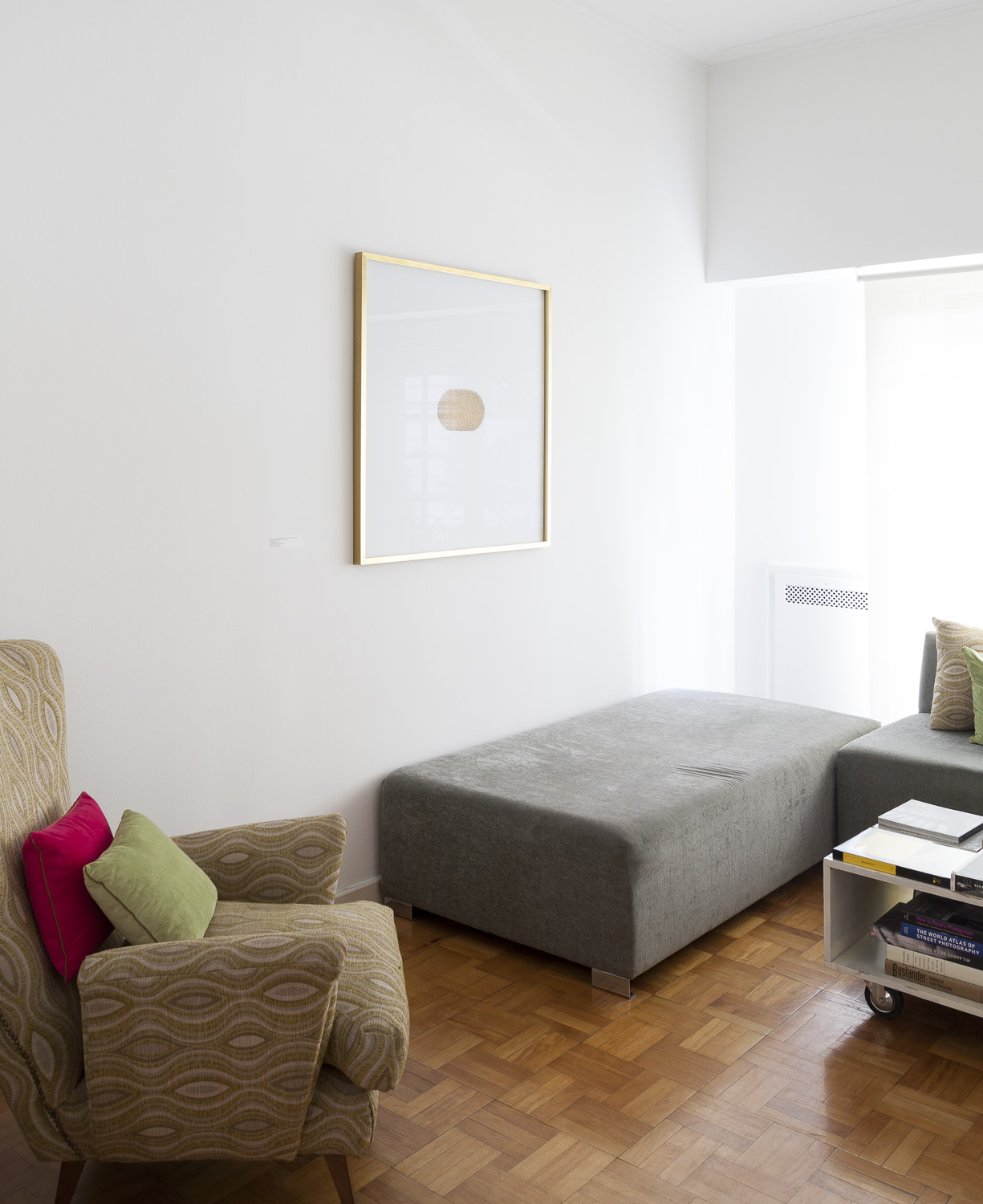
Installation view, Livio Giordano, Interior at Rolf Art
